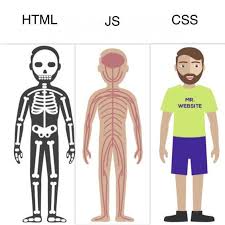Cerebral Palsy
Introduction
Responsive web design is an essential approach to creating websites that adapt seamlessly to various screen sizes and devices. In a world where users access the internet on smartphones, tablets, laptops, and desktops, mastering responsive web design is crucial. This guide will walk you through the principles and best practices of responsive web design.
Table of Contents
-
Understanding Responsive Web Design
- What is Responsive Web Design?
- The Importance of Mobile Friendliness
- The Evolution of Responsive Design
-
Viewport and Media Queries
- The Role of Viewport Meta Tag
- Introduction to Media Queries
- Breakpoints and Device Ranges
- Common Media Query Patterns
-
Fluid Layouts and Flexible Grids
- Creating Fluid Grid Systems
- Fluid Typography and Sizing
- Grid Frameworks (e.g., Bootstrap)
- Grid Systems vs. CSS Grid Layout
-
Responsive Images
- Optimizing Images for Different Screens
- Image Resolution and Density
- The
srcsetandsizesAttributes - Using Picture Elements
-
Flexible Content
- Relative Units (em, rem, %)
- Flexbox for Layout
- CSS Grid for Complex Layouts
- Scaling Text and Typography
Conclusion
Mastering responsive web design is a journey that involves a deep understanding of the principles and continuous adaptation to new technologies and user behaviors. As you progress through the topics in this guide, you'll be well-equipped to create websites that offer a seamless user experience on any device. Keep in mind that the landscape of web design is ever-evolving, so staying current with best practices and emerging trends is essential to your success as a web designer or developer. Best of luck in your pursuit of responsive web design mastery!







